|
The last time I was hauling dogs to the leash free park was when I owned a hatchback. With Sneakers, the rules of the game have changed: I'm car-less now, and TTC only allows pets during "off-peak" hours, so we had to get creative... Tats attached a trailer to her bike, and the dawg rides harnessed in, while admirers stop to point and smile and snap photos. In this fashion Sneakers travels to the dog park, to puppy training and other locations around the city... when she is not riding the bus or subway, that is!
1 Comment
Like any important classroom routine, the use of devices and digital technology requires considerable input and practice up front to be effective throughout the year. In my experience, "That doesn't work in my classroom" usually means "I didn't bother to set it up properly at the beginning of the year"!! This year, I've refined some of the ppts I used last year (which had been edited and repurposed from a file I had rec'd from my school earlier), and have included a specific lesson to promote discussion of various scenarios. (Thanks to our instructional tech coach, Jim Cash, for sharing the "Digital Compass for the 21st Century” and scenarios, adapted from work by Mike Ribble!)
My plan is to begin by building on what students already know, like and worry about when it comes to digital technology to foster an introductory discussion about learning technology and appropriate use of BYOD. After co-constructing some class norms (guided by our school and board policy, of course!), I'll introduce the digital compass to students, and have them work in groups to discuss scenarios and decide on the ethics. Then we'll talk about different scenarios as a class, and add any needed norms to our class chart. Finally, I'll have students review these scenarios and norms with their families, and get them to sign (and possibly comment on) a condensed digital code of conduct when they register for an Edmodo account (more on that in an upcoming blog post).
Once that's all done, I'll invite students to begin bringing their devices to school... then the challenge will be enforcing the rules we've set together, and making sure I'm using technology effectively to facilitate learning, so that there will be less chance of off-task behaviour and fewer opportunities for students to not follow the norms!
The only thing that makes it even remotely okay that I am leaving is the knowledge that -- after I set up my classroom and prepare the first weeks of school -- I'll have three more days out here over the Labour Day weekend before really leaving.
This was supposed to be a blog post about classroom management, and structuring small groups in the rotary context for middle school, but I got sidetracked by a bit of a kitchen emergency… 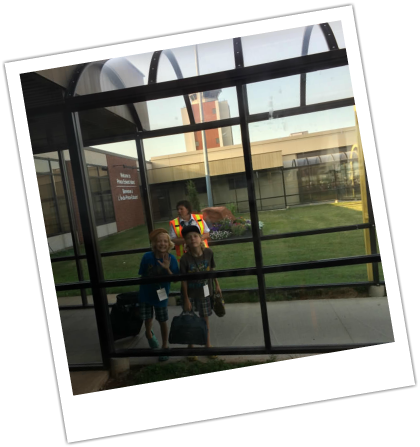
Now that I've sent away my darling children,and have rec'd confirmation that they are back home safe and sound in Toronto with their dad, I am left to my own devices, and... I am finally getting around to a few more items on my summer professional "to do" list
Most recently, I've begun reading Authentic Learning in the Digital Age; Engaging Students Through Inquiry by Larissa Pahamov. That the first chapter already deals authentically with some of the hurdles typically faced by classroom teachers -- many of us whom are digital immigrants struggling in a complex and rapidly evolving culture -- is a testament to the fact that this book was written by a woman who is herself a classroom teacher. She begins to describe her journey: "The first year I worked at [school name], I made my students print our their essays so that I could comment on them by hand. The second year, I did the same thing. The third year, I finally realised there were a dozen ways I could facilitate that process online, and I haven't looked back". (page 9)
I laughed when I read that comment, having myself been of both mindsets described, and having worked with many of both in schools and at the university level even. How, then, shall we use technology effectively to promote inquiry learning?
Pahamove discusses in some detail the transformative effects of technology: Shifting the emphasis from content to skills, allowing for constant engagement (which really redefines what "school" could look like!), democratising learning (the teacher is no longer the gatekeeper of all relevant "knowledge"), connecting to the real world, both within one's community and well beyond, and of course, simplifying the back-end work (why are we still producing and selling paper agendas to students??!!) She then describes her school's adopted framework for learning. Five Core Values of Digital Inquiry Recognizing the possibility for surveillance of studentsand other misuses of digital technology, Pahamov points to the importance of working together with students to set the learning climate. She also outlines five core values her school has adopted: Inquiry, Research, Collaboration, Presentation and Reflection. The remainder of the book is organized into each of these five core values, with each chapter focusing in more depth on one of them, and including practical classroom and school-wide suggestions, as well as "workarounds". The chapters embrace both teacher and student voice. Adaptations for Middle School Although this book is written about digital inquiry in a secondary school context, the authenticity with which the information is shared makes me want to keep reading. I am looking forward to the next five chapters, and to thinking about how I can adapt the work of Larissa Pahamov and her colleagues into the middle school setting where I currently work. As I was walking back along the beach from the lighthouse this morning before breakfast, I came upon an elderly couple and their large sprightly dog also enjoying a morning walk along the water's edge. "Lovely morning to be walking and thinking lovely thoughts", the gentleman commented. I had been lost deep in contemplation... but not about nature or spirituality! I thought for a moment before responding tentatively...
"Lovely, well, yes, sort of, I guess... I'm a teacher, and I'm just mapping out my first week back with the students, and thinking about how best to start the school year with them!" The couple were all knowing smiles and supportive noises: Turns out he is also a teacher from Ontario, retired seven years! We chatted at length about the ups (students, learning) and downs (nasty politics, lack of resources) of the profession, and then wished one another well. I continued on my way, picking up a few beach treasures for a "first week of school activity" for my Grade sixes before heading back to the red path leading to the house. 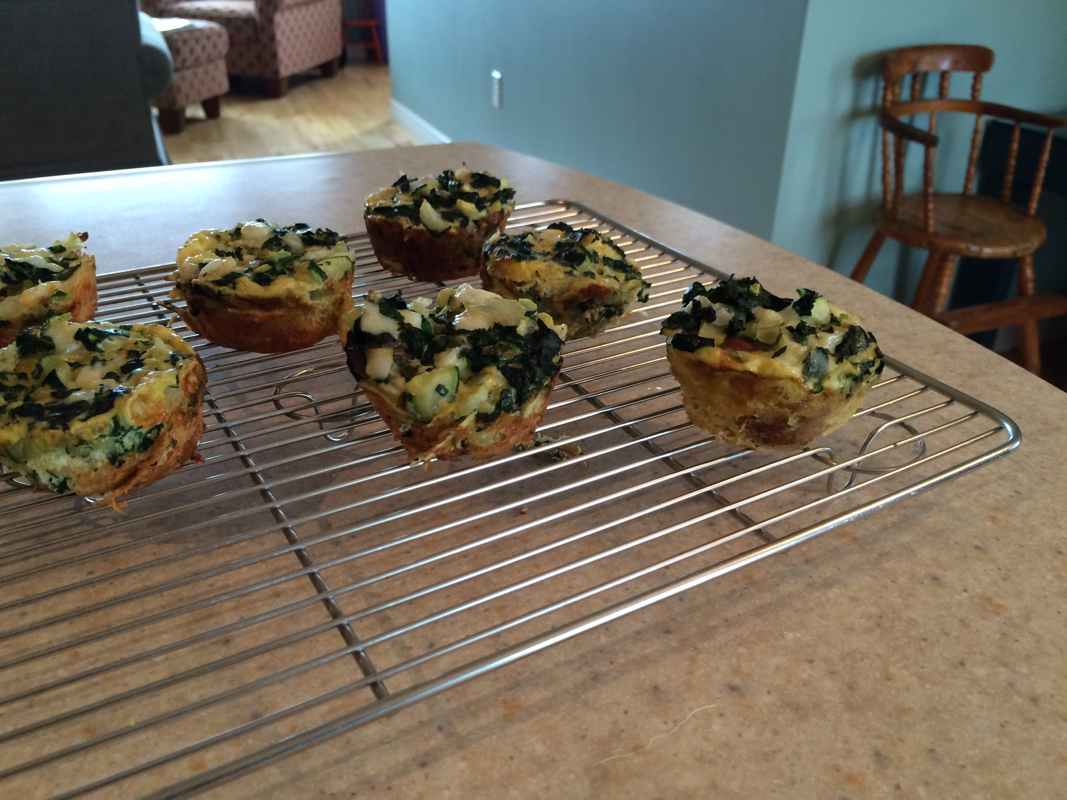 Broken up cheese and herb scones from the Riverside diner as a base, in a lightly buttered muffin tin... Chopped onions, Swiss chard, kale and zucchini sautéed in a little oil, butter, black pepper and cayenne, mixed into farm fresh eggs beaten with milk, and a little sliced cheese… Sprinkle the whole thing with herbed sea salt and bake in the oven--YUM! The day Simon and Alex flew back home to Toronto, we stopped at the Confederation Centre Art Gallery to view Samuel Holland's 1765 Map of PEI (then the Island of St John's, still part of Nova Scotia). The exhibit was well curated and very informative. As well as the original map on display, there was a large replica which had been affixed to the floor, and which people could walk on. The boys enjoyed looking for our "lot" and seeing if they could find all 67 across the province. Other early maps were also on display. It was interesting and amusing to see the many misconceptions that earlier maps had included, especially with regards to the size and shape of the small but formidable island on which we spend our summers here in Canada! Of particular interest was the display of tools that the land surveyors used to measure the 67 2000-acre parcels they divided the island into before the famous lottery took place. Can you guess what this is? How might it have been used to measure the size of the land? What obstacles might the surveyors have faced in the 1700s? How might the Mi'kmaq, who had summered on the island for many years, have reacted to the British surveyors? What other math and social studies problems can you think of related to this project?
It will come as no surprise for those who know me that I found this past school year a little rough, to put it mildly. My much-anticipated return to intermediate was colored by an organizational structure I had limited previous experience with: The last time I had taught grade 7, it was to a single group of students; together, we explored language arts, mathematics, social studies… I also taught instrumental music to grade 8 as well as my homeroom class, but the bulk of my teaching time was spent with a single group of students, so that model was all I ever knew. In sharp contrast, this past year was spent teaching mostly math and science to six different classes, three "primary" classes and three what I would call "fill in the gaps" classes whom I saw a few times every 10 days to fill in timetable needs. Between too many students, a computer and projector that didn't really work for the better part of the year, and a window-less classroom that served as the only access point for the students in the classroom next door, it often felt like complete chaos to me! To modify a quote by Deming, it is sometimes the structure of an organization, rather than the inadequacies of the people who work within it, that causes problems.
Developing Relationships Keeps Kids in School Longer If Bruce Ferguson says that a single caring adult can impact whether a child chooses to stay in school or become an early leaver, and that we have to develop relationships with young people where they feel their opinion is respected and valued, then needless to say, this goal was nearly impossible to accomplish with 120 students on my roster. |
About Vera...After writing for several teacher and multiple birth publications, including ETFO's Voice Magazine, Multiple Moments, and the Bulletwin, Vera turned her written attention to prolific blogging for some years, including BiB, "Learn to Fly with Vera!" and SMARTbansho . Homeschooling 4 was her travel blog in Argentina. She now spends more time on her Instagram (@schalgzeug_usw) than her blog (pictures are worth a thousand words?!)
DISCLAIMER
The views expressed on this blog are the views of the author, and do not necessarily represent the perspectives of her family members or the position of her employer on the the issues she blogs about. These posts are intended to share resources, document family life, and encourage critical thought on a variety of subjects. They are not intended to cause harm to any individual or member of any group. By reading this blog and viewing this site, you agree to not hold Vera liable for any harm done by views expressed in this blog. Categories
All
Archives
August 2023
|
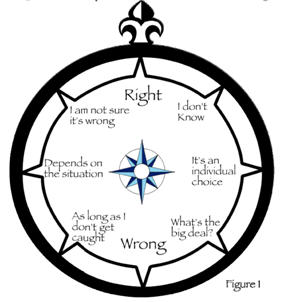
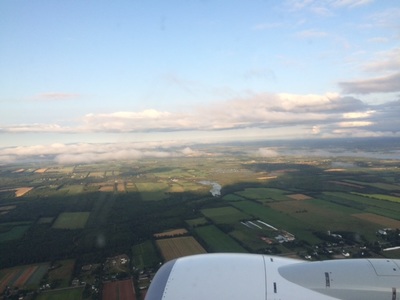






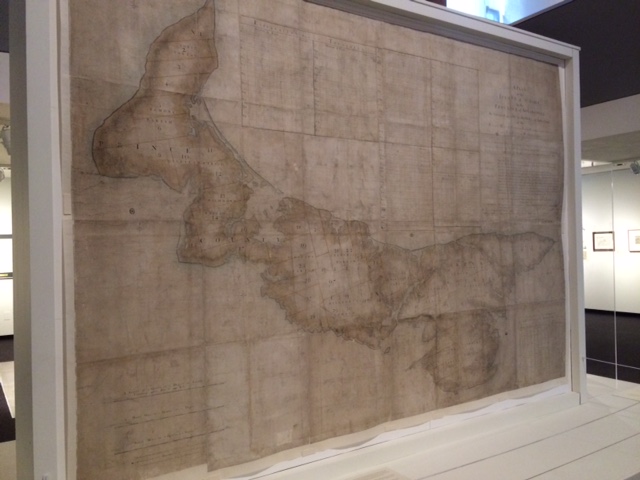
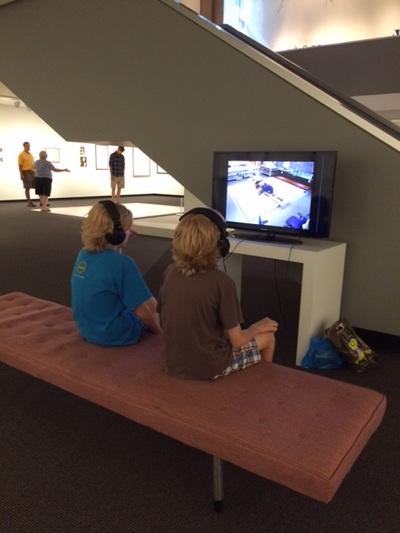


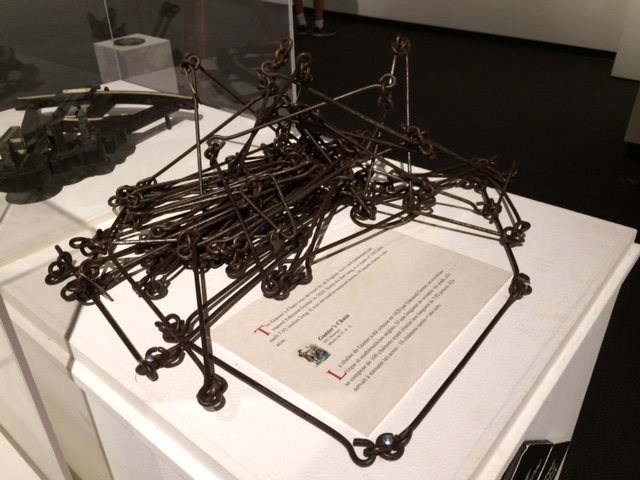


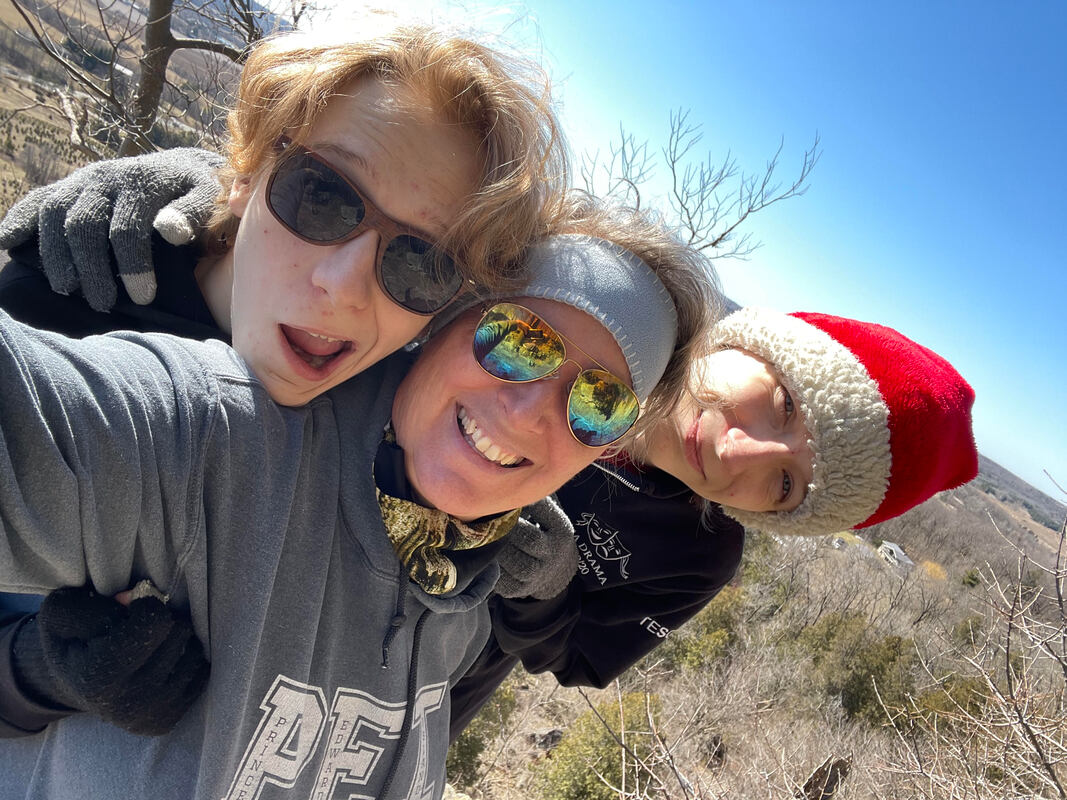
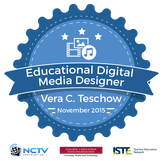
 RSS Feed
RSS Feed